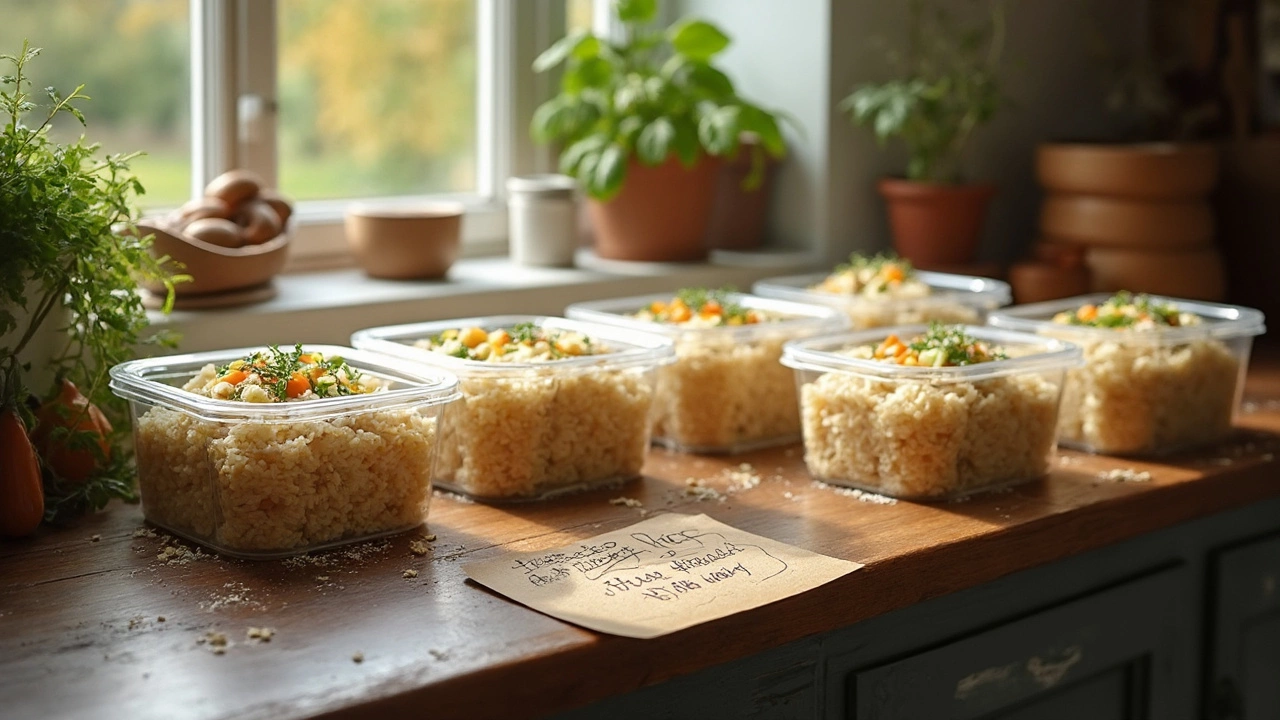Rice Safety Tips: Keep Your Rice Fresh and Prevent Food Poisoning
If you love rice, you need to know how to handle it without getting sick. A few easy steps can stop harmful bacteria from turning a tasty dish into a health hazard. Below you’ll find clear, everyday advice for buying, storing, cooking, and re‑heating rice.
Buy and Store Rice the Right Way
Start with good quality rice. Check the package date and make sure it’s sealed. Once opened, transfer the rice to an airtight container. Keep dry goods in a cool, dark pantry; moisture is the enemy and can cause mold.
For cooked rice, the rule is simple: cool it fast and refrigerate within two hours. Put the rice in a shallow bowl, spread it out, and pop it in the fridge. It will stay safe for up to four days. If you need to keep it longer, freeze it in portion‑sized bags. Frozen rice lasts about a month and thaws quickly in the microwave.
Cooking Tips to Kill Bacteria
Rinse rice briefly under running water. Rinsing removes excess starch and any stray debris. Use the right water‑to‑rice ratio—usually 2:1 for most white rice. Bring water to a boil, add the rice, cover, and lower the heat. Let it simmer for the time the package suggests, then turn off the heat and let it sit, covered, for another 10 minutes. This steam step finishes the cooking and keeps the texture right.
Never leave cooked rice at room temperature for more than an hour. The bacteria Bacillus cereus loves warm, moist rice and can multiply fast. The safest approach is to serve the amount you need immediately and store any leftovers right away.
When reheating, make sure the rice is steaming hot all the way through. Use a microwave, stovetop, or oven, and add a splash of water to prevent drying out. Heat it to at least 165°F (74°C). If you notice any off‑smell or sticky texture after reheating, toss it. It’s not worth the risk.
Extra tip: If you’re making rice for a large crowd, keep it hot in a slow cooker set to “keep warm.” The constant heat stops bacteria from growing, but stir occasionally to avoid hot spots.
Following these steps takes only a few minutes, but the payoff is big. You’ll enjoy fluffy, safe rice every time without worrying about food poisoning.
Remember, the most common mistake is letting rice sit out too long. Treat rice like any other perishable food: cool quickly, store tightly, and reheat thoroughly. With these habits, your rice will always be a safe, satisfying part of your meals.
